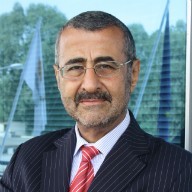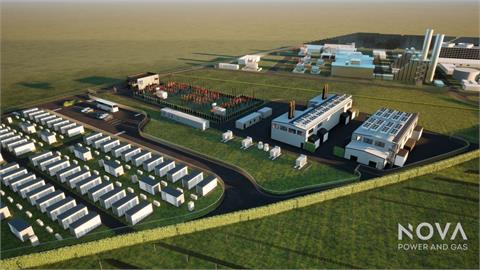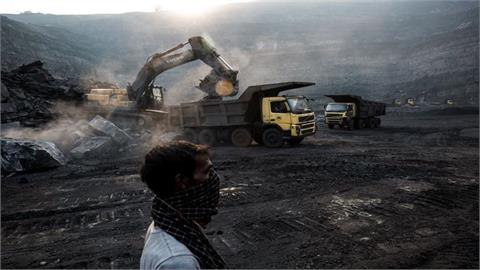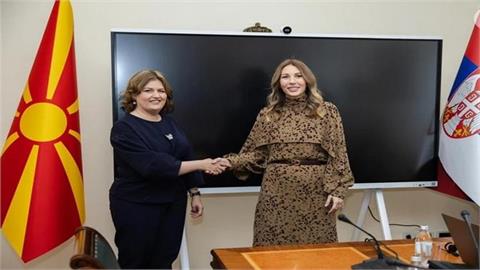by Charles Ellinas* This article is based on the presentation of Mr. Ellinas at the 4th Energy Symposium organized by IENE and FMW and held between 7-8 December at Hilton-Park in Nicosia
This article is based on the presentation of Mr. Ellinas at the 4th Energy Symposium organized by IENE and FMW and held between 7-8 December at Hilton-Park in Nicosia. The Symposium was opened by President Anastasiades who called for regional cooperation for the development of East-Med gas resources. The proccedings started with a review of Cyprus’ energy sector, followed by presentations on strategies for the exploitation of natural-gas, operation of the liberalized electricity market, renewables and energy efficiency.
East-Med overview
Israel is hoping to overcome its regulatory problems soon and reconsider development of Leviathan in the light of Zhor. But the award of an arbitration settlement by ICC of $1.76bn to Israel Electric Corporation and Egypt’s immediate response to suspend any gas import negotiations with Israel complicates the East-Med picture, unless resolved soon.
This decision may also complicate resolution of the regulatory problems in Israel as this is based on invoking Article 52, which can only be used to bypass the Antitrust Commissioner in cases of national security and importance. Israel’s Energy Minister Yuval Steinitz is already considering other gas export options from Israel to other countries in the region, thought to include Turkey.
The discovery of Zhor by ENI has given Egypt a massive boost but has turned East-Med plans and thinking upside-down. Given the favourable prices it has secured for its gas, ENI will proceed with development of Zhor as a matter of priority. And together with BP’s North-Alexandria and Atoll and Shell’s shale-gas finds, and Egypt’s 77tcf proven gas reserves, there is enough gas to supply Egypt’s additional future domestic needs, and replace LNG imports, but could also free gas to supply the two idle LNG plants at Damietta and Idku. Egypt plans to stop LNG imports by 2020 and resume LNG exports by 2022.
And then there is Turkey
It was stated last month in conferences in Istanbul and Tel-Aviv that Turkey expected to obtain 10-12bcm/y gas from the East-Med for its future needs. That was before the recent incident and the standoff between Turkey and Russia. As a result of this Turkey is now looking for alternative gas supplies from the East-Med to lessen dependence on Russia. It has, for example, signed preliminary agreements to import gas from Qatar and Kurdistan.
Should Cyprob be resolved, Israel and Cyprus jointly can supply more than 20bcm/y to Turkey, should this be acceptable and provided the price is right. And markets and prices matter, given the glut of oil & gas now in the global markets.
Oil markets
The IEA released last month its annual World Economic Outlook (WEO-2015), covered in Cyprus Weekly on 20 November, and it makes grim reading as far as oil prices are concerned. IEA expects oil demand to rise by less than 1% per year between now and 2020, and only by 0.7% thereafter, a slower pace than necessary to quickly mop up the oil-glut that has driven prices to such lows. As a result prices will stay low for longer, leading to major cuts in spending. East-Med is not immune to this. Investment by the oil & gas companies is expected to be selective and only projects with strong commercial viability and low risk will be funded.
The decision by OPEC last week to maintain its current policies is reinforcing low prices. As a result, the price of Brent crude is now hovering near $40/b and Goldman Sachs predicts it could go substantially lower before it goes up again.
Impact on natural gas markets
Similar arguments apply to gas prices, through oil-price linkage in long-term sales contracts and a glut in the global supply of LNG. By 2018, global liquefaction capacity is set to grow by over 140 bcm/y, which is 28% over 2014 levels, and another 40-50 bcm/y is expected by 2020, mainly from Australia and the USA.
This is in addition to a glut of LNG already in the market, which has led to global LNG prices tumbling down to the current very low prices. It is now a buyers’ market, with buyers renegotiating unfavourable long-term contracts and dictating supply terms. Wood MacKenzie expects the LNG-glut to be deeper and last longer than anticipated and to persist for some years. In Asia LNG prices may bottom-out by 2019 at $5 per mmBTU and in Europe by 2020 at about the same level and recover slowly after 2022.
Societe Generale makes similar forecasts.
European gas prices are subject predominantly to the actions of Gazprom. Its low gas cost base and the devaluation of the ruble allow it to compete and dictate prices. Russian gas exports can be viable even at $5 per mmBTU. And in Europe LNG imports have to match piped-gas to be competitive. Russian piped-gas prices in western-Europe are now down to $6.2 per mmBTU and are expected to remain low for quite some time.
The reduction of Gazprom prices has led to a massive increase of Russian gas imports to Europe over the last six months, 41% up y/y in October, and a drop in LNG imports from other countries.
And that despite sanctions and the EU drive for diversification away from Russian gas to other suppliers. It is no wonder that Germany, in addition to supporting Nord-Stream 2, is now pushing for EU rapprochement with Russia in the investment and energy sectors.
Gas buying in Europe is carried out by gas-traders and gas companies and it is evidently driven by commercial factors, not by EU politics. Something the East-Med must be aware of and aim to be competitive at such prices if it is to be able to export gas to Europe.
Impact on East-Med gas exports
Europe is a market which in terms of gas usage is stagnating at least for the foreseeable future. In recent meetings with ministries in Berlin and Brussels it was made clear to us that prices and timing matter. East-Med gas must meet these to gain firm sales.
East-Med, and Cyprus, will have to compete with these low gas prices, $6-$7 per mmBTU, at least to the end of this decade, but very likely beyond 2020, if the various export projects currently being mulled are to become commercially viable.
When the vision of the future is uncertain, you're better off being flexible, keeping all your export options open. East-Med and Cyprus must do the same, and, while negotiating with Egypt, leave their options open and include FLNG and marine-CNG in redeveloping future export plans.
And in the longer term, possibly in ten-years, with more gas discoveries and a price recovery, LNG exports from Vasilikos may return as an option.
If and when Cyprob is resolved it may open-up exports to Turkey, possibly in cooperation with Israel. But this should not end-up being the only option as it could make negotiations one-sided.
There are opportunities for the region to export its gas, but not at any price and at any time! Sooner than later East-Med and Cyprus will have to face and meet commercial realities if they are to succeed.
*Charles
Ellinas is a hydrocarbons business consultant
("Cyprus Weekly", December 11, 2015)




